Poker Tournament Late Registration Strategy
- Poker Tournament Late Registration Strategy For Real
- Poker Tournament Late Registration Strategy Template
- Poker Tournament Late Registration Strategy 2019
- Poker Tournament Late Registration Strategy 2020
Strategy for Late Registration Poker Tournaments Some poker players contemplate whether or not it would be advantageous to purposely take advantage of the format offered in late registration poker tournaments. In other words, they consider the benefits of registering late for these tourneys rather than buying in on time.
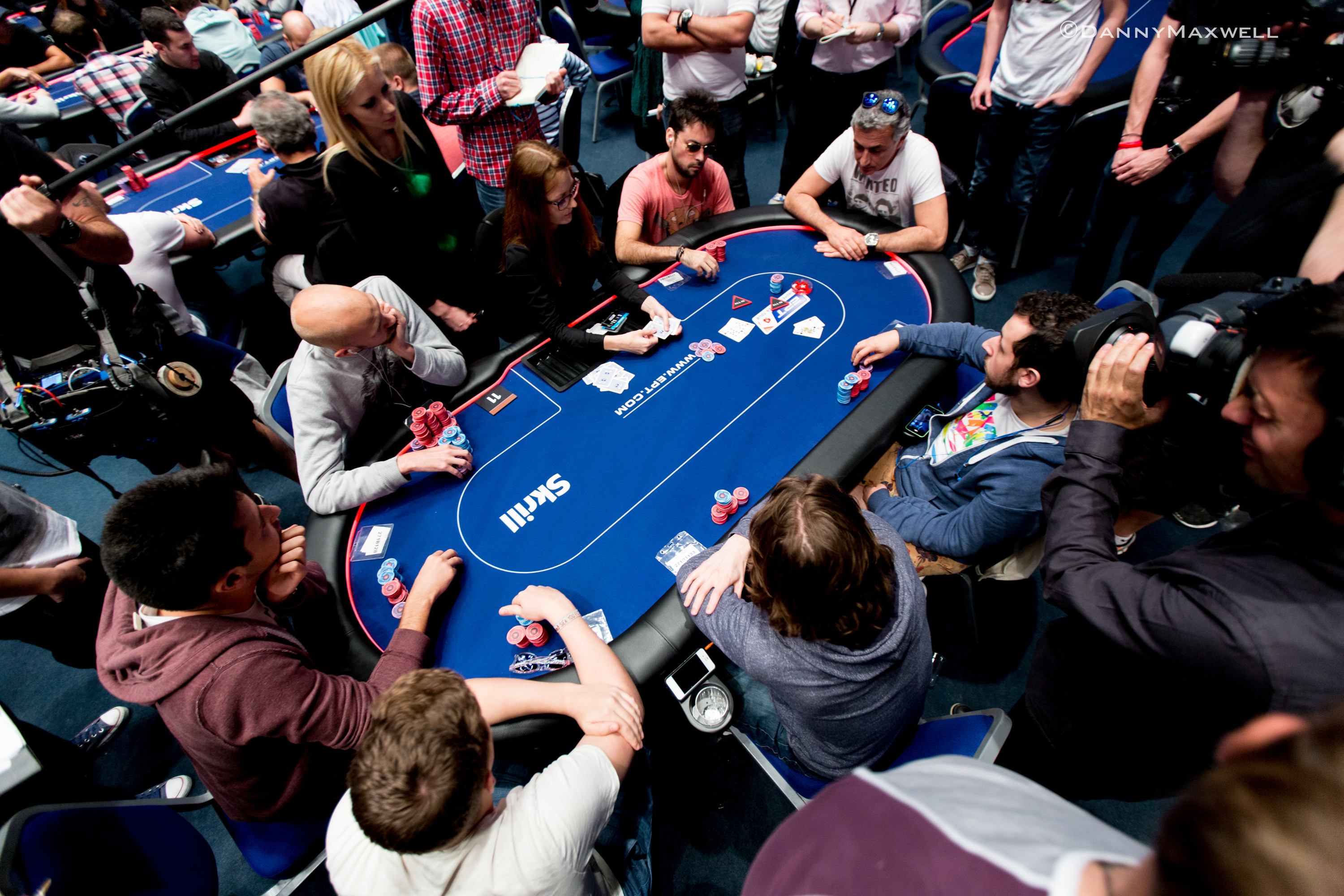
Late registration can also be a great tool if you take that bad beat early on in the tournament and want to give the poker tournament another try. As WPN has cutting edge re-entry technology, you can re-enter the tournament as if you were a brand new player at any time that late registration is still open. Now some poker tournaments allow late registration on Day 2 where you sit down with 25 big blinds or less and many professional players consider it the optimal strategy to buy in late. Made day 2 of #EPTBarcelona 10k high roller with 25 bbs on one bullet. Yes, this means I skipped all of day one 😆. Poker Strategy; Poker Tournaments. With the advent of re-entry tournaments, late registration and other changes that have come about because of the casino’s ubiquitous greed, the poker field.
888 Poker has one of the easiest to beat player pools. Don't join the sharks on PokerStars, play where the real fish are!
>>Beat the Fish at 888 Poker Now!<<Late Stage Tournament Strategy
Your strategy needs to be related to where you want to finish. You can play tight-agressive (TAG) for an ITM finish.
If you’re playing to win however you’ll need to play more loose-agressive (LAG) and take bigger risks, for example, shoving pocket pairs early.
In small tournaments e.g. Full Tilt’s 180 man MTTs, I always recommend a LAG approach – mostly because the prizes are so top heavy. Similarly, in satellite tournaments or Steps tournaments there is far more emphasis on a coming 1st and playing loosely.
Poker Tournament Late Registration Strategy For Real
Big Stack, Mid Stack and Small Stack Strategy
Play according to your stack size. Big stacks with over 30xBBs should play agressively and make use of blind-steals, squeeze play and bluffing. You need to bully small stacks sitting on the blinds and don’t be afraid to call them down pre-flop when you’ve got a marginal hand like suited connectors or high Ace.
Mid stack players with a stack between 15 – 30BBs need to play slightly tighter than a deep stack but still bully small stack players take advantage of other tight players in the same position. You shouldn’t be pre-flop shoving so much from early position without quality hands, but stealing and re-stealing is still really important. Most action should come from mid-late position and very importantly you need to avoid becoming pot-committed against deep stack opponents. There are more cost effective ways to build chips then getting into pre-flop coinflips vs chip leader.
Let’s be honest – small stack players need a miracle at this point. If you have less than 10xBBs than you really need to be jamming your top 50% of hands as early as possible. This article moving all-in as a short stack is a good read – it identified what hands to move all-in with. Most of your game at this point will depend on luck and taking big risks.
Keep Stealing/Defending the Blinds
The value of blinds (and antes) is massive and that makes pre-flop pots important to steal.
I try to steal the blinds as often as possible from position and take advantage of tight/weak players on the blinds. As long as you’re raising or bluffing with hands that have “outs” (suited connectors for example) you can still get called and hit a monster.
Defending blinds needs to be adressed. To defend blinds properly you need to be re-raising or folding to loose opponents. Calling is a big No No because you’re totally out of position and it’s very unlikely you’ll can catch up. Read playing/defending blinds for more details.
Our Top Recommended Tournament Site:
Sign up now and get a $1100 Bonus
Using a Poker HUD on the Final Table
Well-timed aggression and a poker HUD is essential to beat the final table. You gotta know what your opponents are 3betting or re-raising with and their positional hand range. I honestly believe poker tools are the most important factor to the outcome of your play. A successful player using a strong tool like HUD or Poker Office will be better equipped to break down their opponent’s style and shoving hands.
Most pots will go down pre-flop because of the size of the blinds and antes. This leaves little room for what I call “real poker” and your advantage at this stage will come from knowing players’ starting hand ranges and 3bet hands.
Look for the Best MTT Poker Sitesrecommended by our site.
Related articles:
Leave a Reply
- $400
- $2000
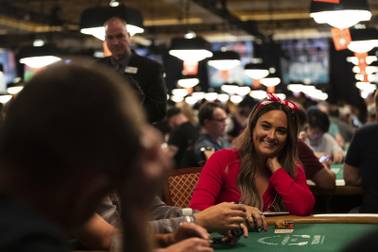
T&C apply to bonus offerings
Card Player Magazine, available in print and online, covers poker strategy, poker news, online and casino poker, and poker legislation. Sign up today for a digital subscription to access more than 800 magazine issues and get 26 new issues per year!
Please let me encourage you to reach out to me with article ideas and questions for future columns. You can tweet to me at @FossilMan, or send me a message at info@fossilmanpoker.com.
Click here for Part 1 of this series. Part 2 is here.
In my last article, I spoke about how some players do not like re-entry and rebuy tournaments. The main concern seems to be the idea that these events permit players with deeper pockets to gain an advantage over those without. There is also a concern that some players pursue an extremely loose, aggressive strategy during the re-entry or rebuy period, and this makes the game harder to play for those who don’t plan on firing more than one bullet.
I took the time to explain why I disagree with these concerns. I will say, however, that there is a problem with many re-entry tournaments. The problem isn’t with the re-entry aspect, but with the late registration period.
Today, most tournaments have a late registration period, but that wasn’t always the case. It is actually amazing how long we played tournaments without the ability to register late.
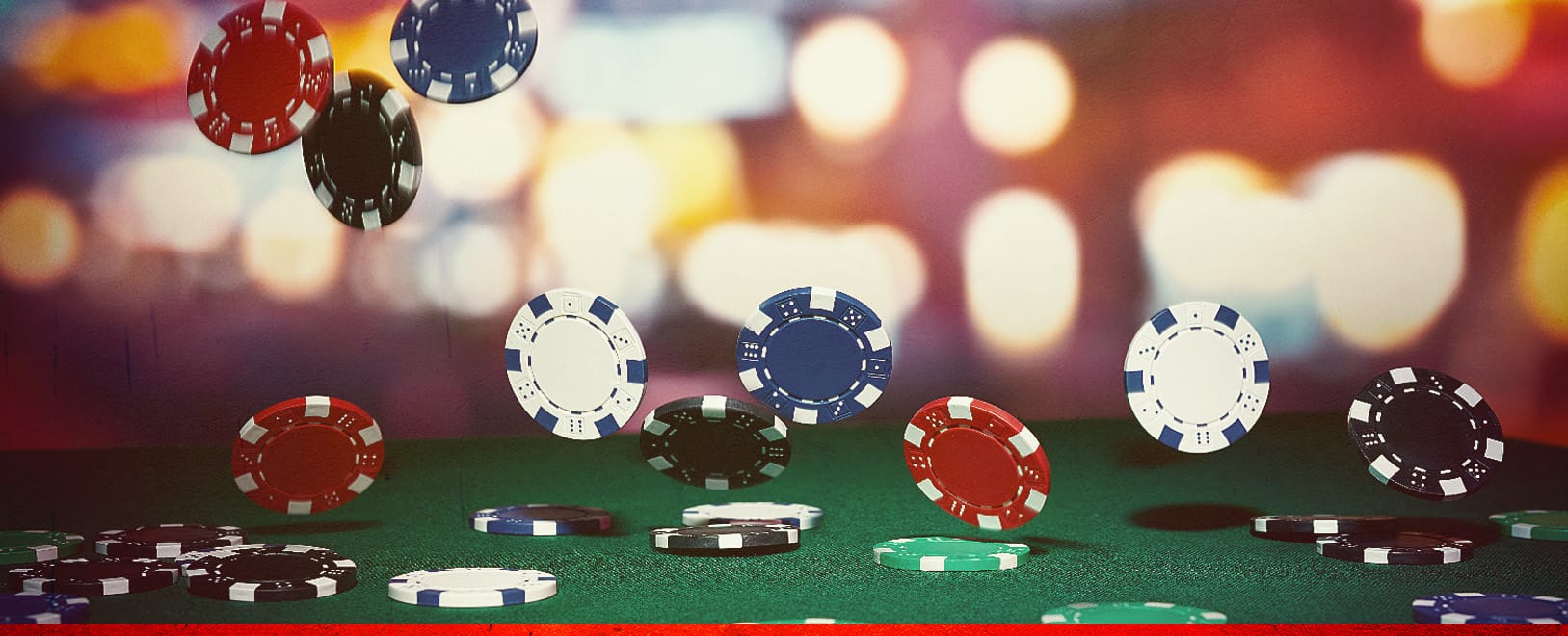
I can remember living in San Diego County in the 1990s, leaving work on a Friday to crawl through the traffic up the I-805 and the I-5, spending hours to get to Oceanside for a tournament. If the tournament started at 7:00, and you got there at 7:01, too bad, so sad, you were shut out. For some reason, the concept of registering late just didn’t exist.
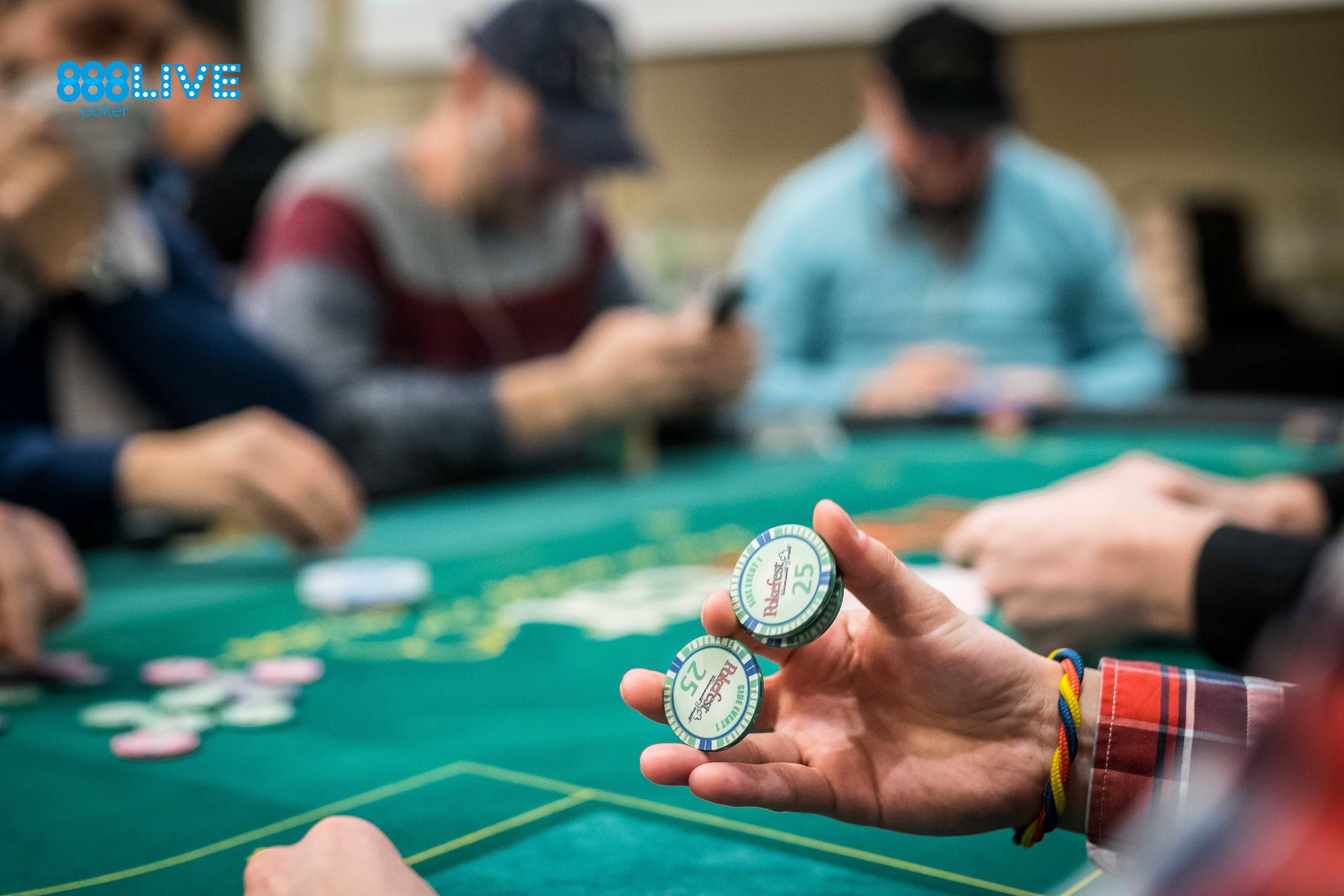
It was great when this changed and most tournaments started offering the ability to register late. At first, this was done primarily to address issues such as those I faced. The poker room was extending registration to accommodate a player whose arrival was delayed by traffic or the like. Usually, the late registration period was 30 minutes, maybe an hour. The main point was to let people get in despite running late.
Of course, the cardrooms didn’t take long to notice that late registration meant an increase in prize pools, and the rake, so the length of the late registration period was extended. First it was an hour, then two hours, and three hours, etc. Most multi-day tournaments now offer late registration through much of day 1, anywhere from halfway through day 1, and even up until the start of day 2. In a few cases, even later!
The primary reason for late registration today is no longer to help a player who is running late. It is to allow a player to enter, play a while, bust out, and re-enter again on the same day. Many of these tournaments offer large guarantees, and by permitting very late registration, it is much more likely they will meet the guarantee and not have to pay an overlay.
In itself, this is not a bad thing. As I discussed in my last article, I do not believe re-entry (or late registration) favors the deep pockets. And even if this does lead to some players pursuing a hyper-loose-aggressive strategy during the re-entry period, I’m fine with taking advantage of that as well.
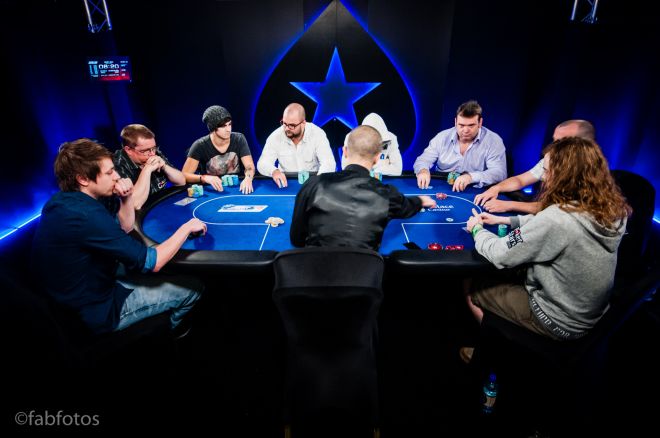
The real problem is equity. Kenny Hallaert, the excellent Belgian poker player and tournament director, pointed this out very effectively in his paper, “The Impact of Late Registration on Stack Value According to the Independent Chip Model in Multi-Table Tournaments.”
In it he shows mathematical proof that permitting a player to register late enough is the same as giving that player money out of the prize pool. Obviously, they are not really being given money, but they are being given equity. His work shows how the late-registering player has gained equity as soon as they enter, even before playing a hand.
If a tournament starts each player with 30,000 in chips for a $1,000 buy-in (ignoring rake), and the last person to enter comes in when two-thirds of the field is gone, their stack is already worth more than $1,000.
This is true even though their average opponent has three times as many chips. Since so many have already been eliminated, they are that much closer to making the money. Close enough, in fact, that ICM math says their 30,000-stack is worth about $1,100. And there is only one place that extra $100 in equity can come from. It is taken from the equity of every other player still in the event. If a player enters even later, when three-fourths of the field is gone, their equity is about 15 percent higher than the buy-in they paid.
The prevailing idea was that poker pros have a bigger skill advantage when the blinds are low and there are more amateurs or satellite winners still in the tournament, but Hallaert’s math clearly shows the equity gained.
None of this has anything directly to do with re-entry, of course, but it is a problem that has become more apparent with later registration. If a player re-enters when the field is greatly reduced, this effect comes into play. But this effect is the same for a new player or a re-entering player. The answer to this problem is not to eliminate re-entry, but to limit the time during which re-entry or late registration is available.
Any experienced tournament director can estimate, based on a given structure, approximately what percentage of the field will be eliminated at any point in time. All they need to do is schedule the close of registration so that no more than about one-third of the field has been eliminated. Although Hallaert did not recommend this number specifically, extrapolating from his results, if a player registers with two-thirds or more of the field still in play, their ICM advantage from registering late should be no more than about two percent, which is much more acceptable than the 5-15 percent seen in the scenarios he did write about.
Poker Tournament Late Registration Strategy Template
Yes, the player who enters late is coming in short-stacked. And I do not just mean compared to the other players, but to the blinds as well. This means they are in a high-variance situation. However, it is important to be aware that it is a profitable situation for them regardless.
Poker Tournament Late Registration Strategy 2019
If your tournament offers super-late registration, one option is to not play. That is, vote with your feet. If you choose this line, be sure to tell the room management why you didn’t play. If enough players agree with you, they will probably change this feature. Another option is to take advantage of the situation by choosing to enter late yourself, gaining this ICM advantage.
Poker Tournament Late Registration Strategy 2020
Whatever you choose, have fun, and play smart! ♠
Greg Raymer is the 2004 World Series of Poker main event champion, winner of numerous major titles, and has more than $7 million in earnings. He recently authored FossilMan’s Winning Tournament Strategies, available from D&B Publishing, Amazon, and other retailers. He is sponsored by Blue Shark Optics, YouStake, and ShareMyPair. To contact Greg please tweet @FossilMan or visit his website.